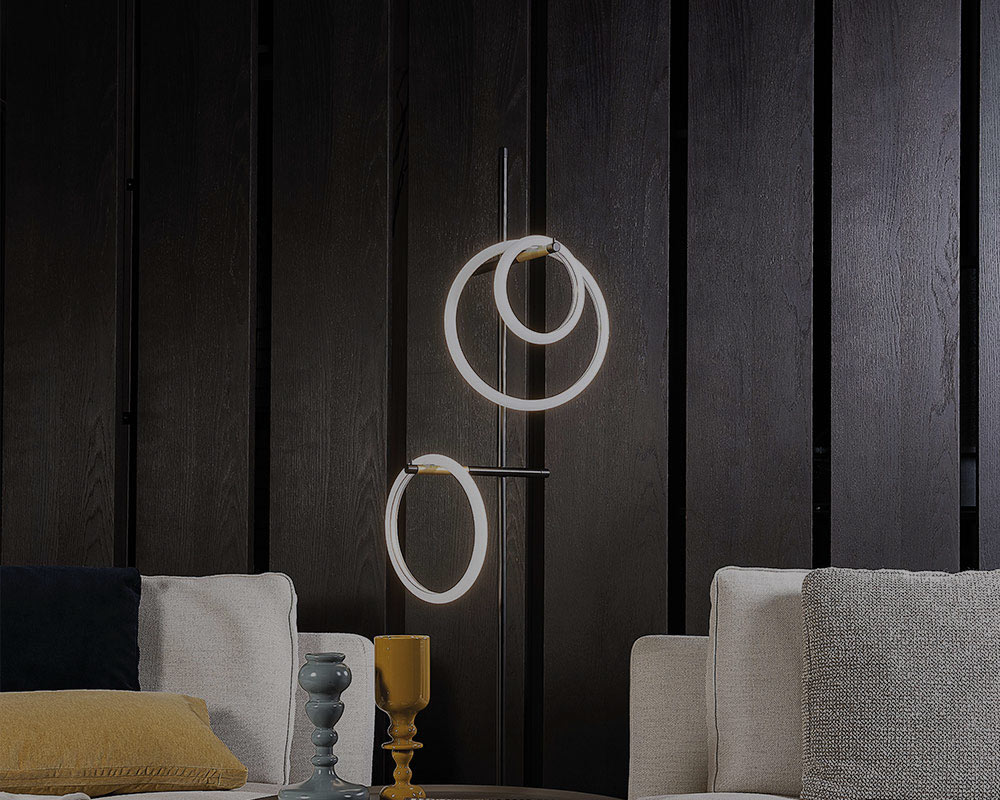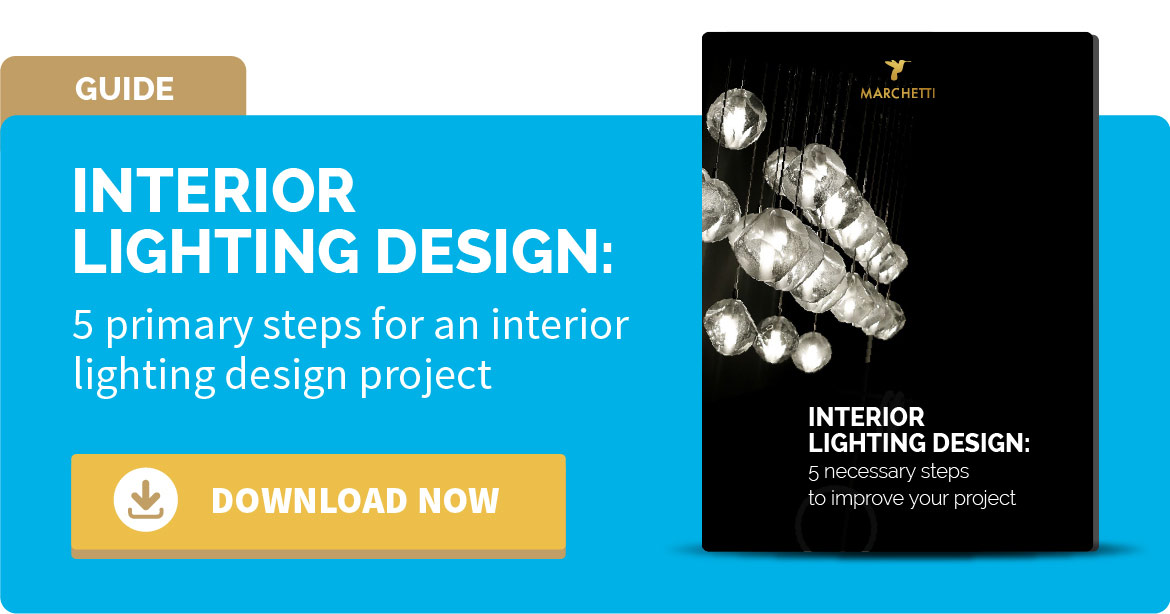The living room is that part of the house where the family meets, where the most precious things are exhibited – silverware, photos, art objects and valuable objects – where you relax after work, watch TV, read and you’re in the company. Due to its highly versatile nature, this room needs varied and multi-functional lighting.
In modern homes, the living room is also used as a dining room and increasingly creates an open space with the kitchen, which makes it a very populated environment, lively and a hub for aggregation and relaxation.
- How to design the lighting of the living room in an optimal way?
- Ideas and proposals for the correct lighting of the living room
- 3 fundamental aspects to consider for the living room lighting project
- 3 factors to consider in order not to make design mistakes
- 2 key principles to best define your lighting design project
How to design the lighting of the living room in an optimal way?
Such a diversified environment requires the right quantity, quality and variety of light, elements that you must weigh with due attention both when buying a new home and during renovation.
There are several solutions to consider when lighting the living room.
The 5 tips below will help you define a path from which to start your project:
- Add lighting accessories. Various lighting accessories will allow you to create different plays of light and will give you various possibilities to customize the living room you are dealing with
- Set the general lighting. Lighting up the whole living room will give you the possibility of not having any dark corner. This lighting is to be placed in a central position, where the table and sofa are usually located, and uses a single ceiling lamp or a series of spotlights with which to create different light points
- Place ad hoc lamps for accent lighting. It is used to illuminate certain points of the room or particular objects and can be placed either on the wall using applique or inside a shop window, library or painting
- Go for LED light sources. Being very bright, this type of lighting will be useful for making a corner of the room stand out, using LED spotlights or a bright white light
- Illuminate the workstations in the best possible way. If you also use the living room for other purposes, other than mere entertainment, it would be ideal to use more subtle lighting that creates a play of light and shadow to delimit various areas of the room.
You can use a floor lamp or a table lamp placed next to or directly on a piece of furniture, which is also a very functional solution if you want to dedicate a space reserved for reading.
It is very important that the client has clear ideas on where to place the various furniture in the living room, since, based on this, you will be able to install a specific electrical system suited to the position of the lights.

Ideas and proposals for the correct lighting of the living room
The living room is often presented as a large space full of furnishing elements and objects that define different areas within it. Each of these areas deserves a specific degree of illumination. Let’s see them below.
TV area
A classic living room proposal is that of an area separated from the kitchen by a bookcase or a wall equipped for the TV and a sofa in front of it.
In this case, a floor lamp in the least lit and empty part of the room would be ideal, so that the design of the lamp fills that space.
The TV must necessarily be well lit (lighting from behind the device is preferred) to allow you to watch it without creating visual discomfort. Neglecting the lighting of this point disturbs the vision and tires the eyes.
Open space
It can be optimally illuminated to reduce the difference between light and dark areas, with the use of:
- A soft light source positioned at the rear, facing the wall
- 1W spotlights in the false ceiling
- LED strips placed in the perimeter crown
- Floor lights pointing towards the rear of the TV
- Small wall lamps near the sockets
Properly lighting an open space is essential to be able to enjoy the space – without risking eye strain – and allows you to create a natural atmosphere even with artificial light.
Comfort zone
To illuminate sofas and armchairs, it would be best to avoid mid-height lights, as they could directly strike the eyes of bystanders, making the space unlivable.
Using retractable LED lights in the walls, of the same color as the paint or creating various effects with colors, can be a solution.
In this case the attention is not directed to the aesthetics of the lamp but to the type of light it emits, which forms games on the walls or can arise from below with a certain intensity to become dimmer towards the top.
In short, you can find infinite combinations to enhance an empty wall!
Dining table
The new modern-style houses have open space environments, such as living rooms and kitchens, where it is a good idea to create a balance in lighting, as the living room also serves as a dining room.
An example could be the use of pendant lamps placed in the center of the table. These lights offer direct lighting with well-defined shadows, to bring out everything on the table.
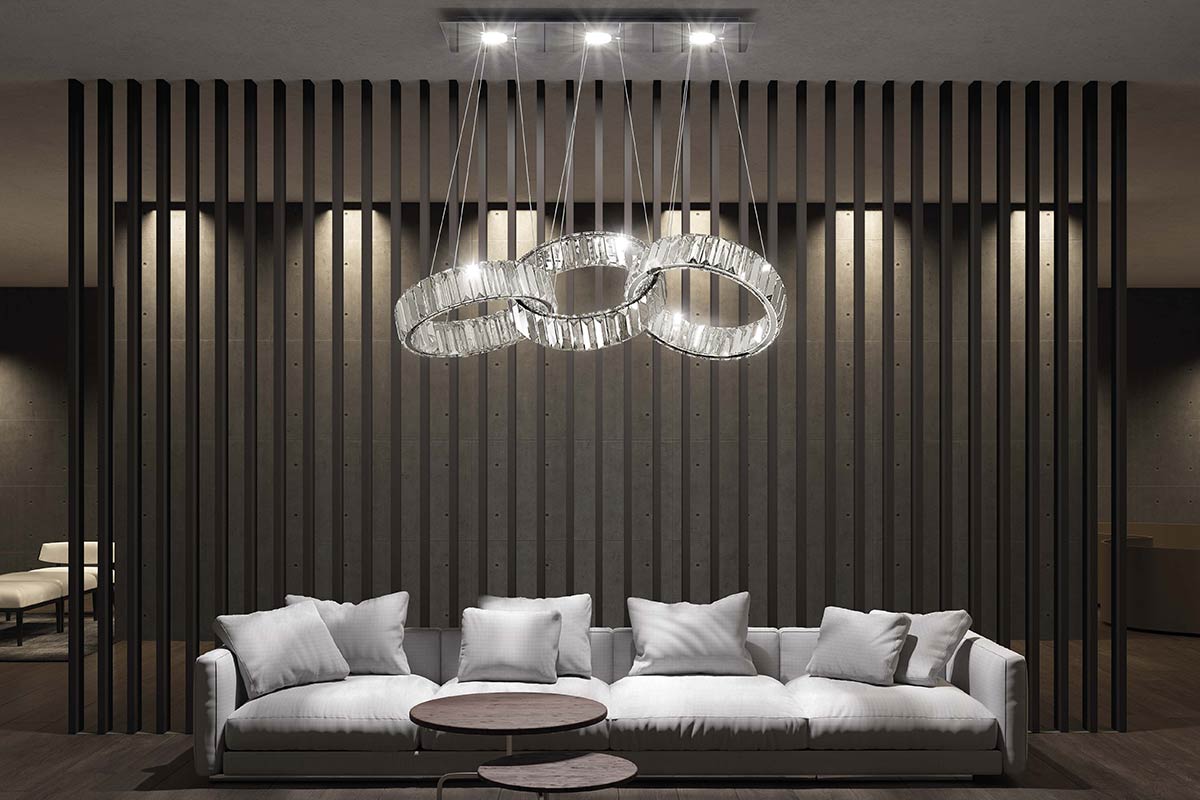
Olympia – Sergio Marchetti Collection
All other spaces
For the remaining unlit spaces, you can choose an indirect light, which does not go to illuminate a specific area, but has a wide coverage to be able to illuminate all the points of your interest.
You can derive this light from the pendant lamp you used to illuminate the table, or you can use wall lamps and suspensions, which will create light shadows, much less marked.
In the rest of the living room you can use a wide or angled beam of light, depending on the type of furniture: a cabinet with a showcase can be lit from the inside, so as to offer soft lighting.
If the room does not have a table or is smaller than 10 square meters, a more homogeneous lighting may also be suitable, using a classic light point in the center of the ceiling or wall lamps with LED lights.
Having defined this, let’s see what are the elements to take into consideration when designing the living room lighting.
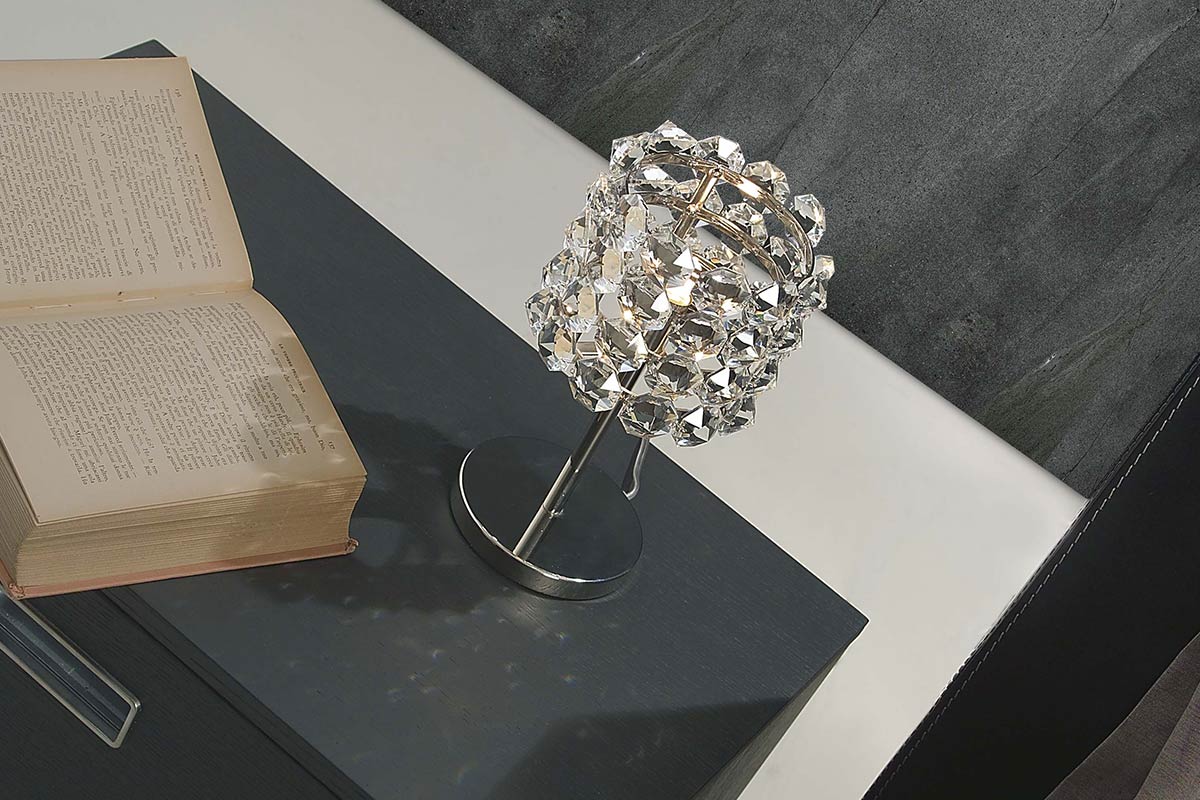
3 fundamental aspects to consider for the living room lighting project
Before setting up your living room lighting project, you need to keep in mind some fundamental aspects:
- House design: what is the style of the house? It is important that the design of the living room follows the style of the house, or that it deviates so much that it does not clash
- Role of the living room: how do you intend to use this area of the house? The roles that the living room can take, as we have seen, are the most varied, so ideal lighting must follow the variety of roles that the room assumes, in such a way as to make it suitable and functional for any type of activity
- Choice of the type of product: as the type of lighting you can choose between retractable spotlights, designer chandeliers, wall lights, bedside lamps or floor lamps, always depending on the design and utility you intend to use them for.
Having found the answer to these 3 points, you can move on to define which areas to illuminate and how to illuminate them. When you think about setting up the lighting in the living room, keep in mind that lighting the environment is not so important as trying to create the right atmosphere.
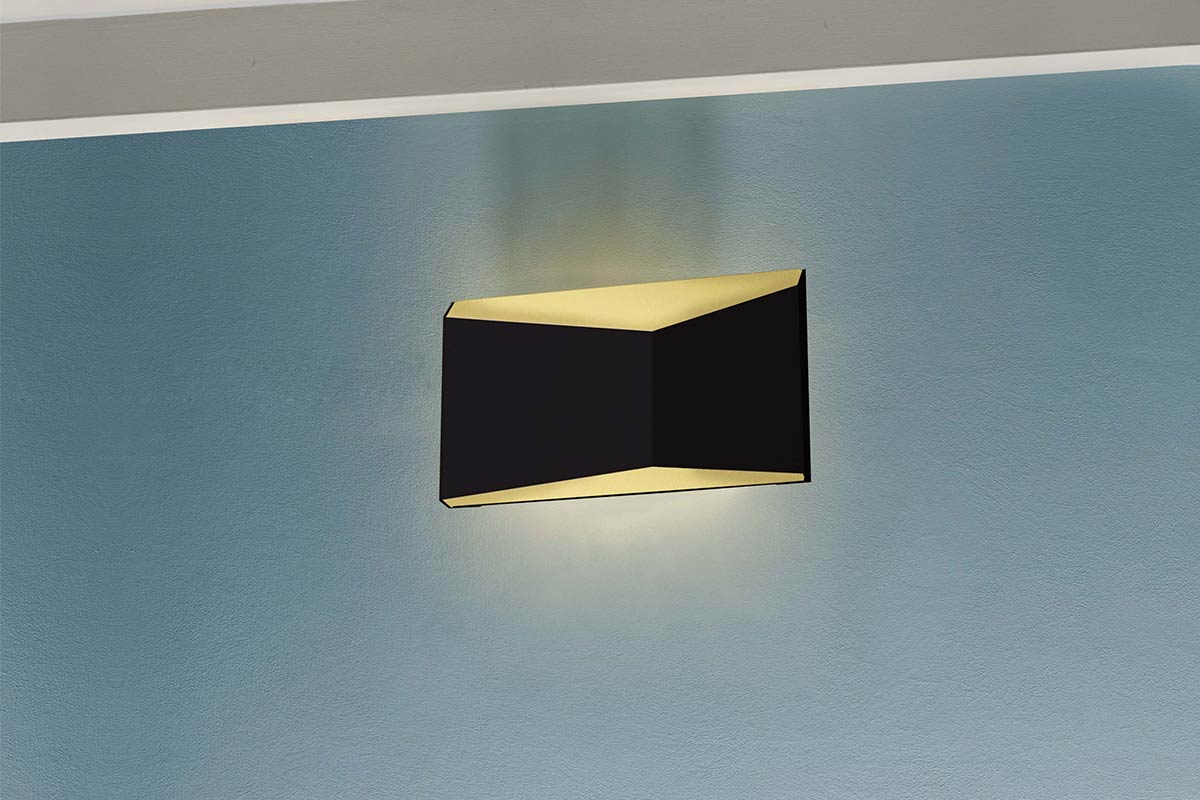
Prisma – Sergio Marchetti Collection
The lights must marry with a classic sober elegance, looking for a contemporary design that contrasts with the style of the furniture and the floor.
In letting your imagination travel without brakes, be careful not to illuminate the environment too much, because it would be a worse choice than illuminating it too little: the light must accommodate the environment, be modulated and keep company.
So if the living room is already enough or very bright, you will have many more ideas for realizing your lighting project, being careful not to make fundamental mistakes, such as those shown below.
3 factors to consider in order not to make design mistakes
The ideal lighting of the living room must necessarily follow the rules of style and design, to create the right atmosphere. For this to be possible, pay attention to:
- Do not use a single light source for the whole room, but also not to apply spotlights everywhere
- Illuminate the table, but without using colored light sources
- Apply adequate lights to create the atmosphere that facilitates conversation and relaxation
Usually the use of chandeliers is widespread in this area of the house. If you decide to opt for this solution, be careful not to overdo it: the use of floor lamps, suspensions, appliques and other more elaborate designs, used together risk causing the “jumble” effect.
Use only one of these solutions or combinations of them that are well thought out and fit together perfectly, giving a sense of harmony to the whole environment, integrating them with the rest of the furniture.
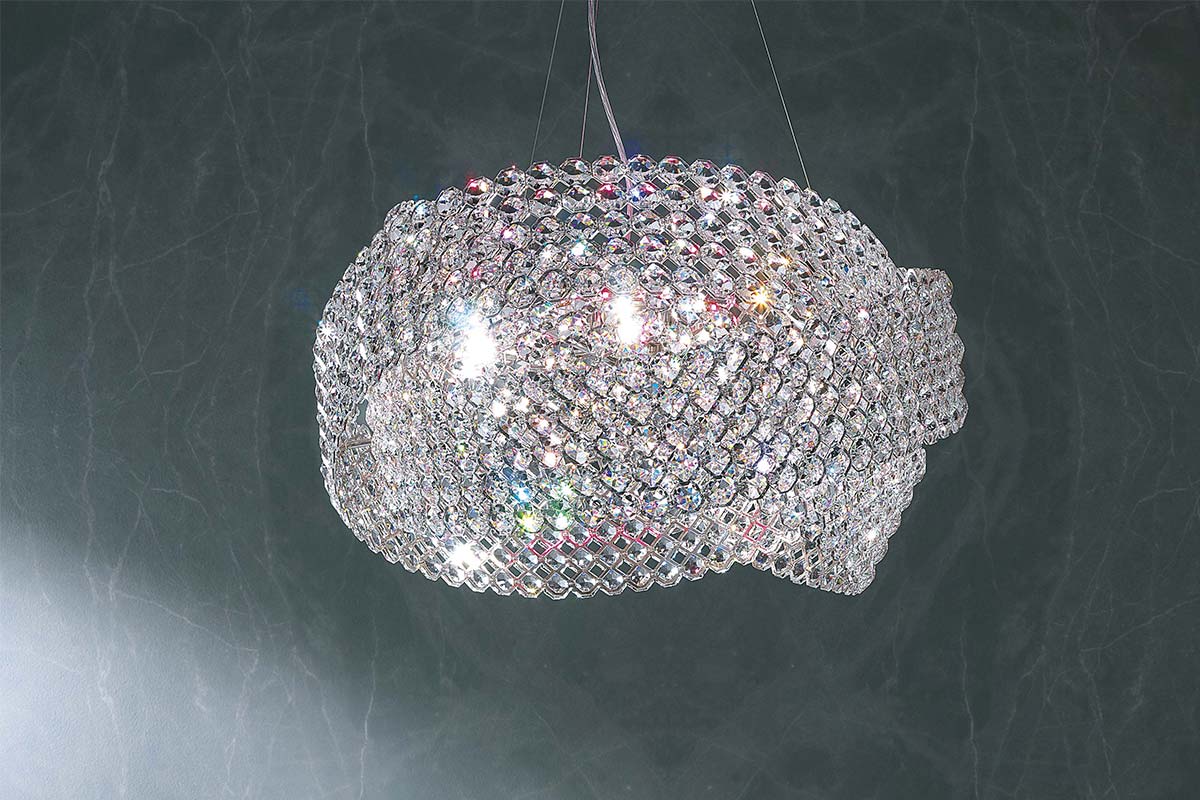
Diamante – Sergio Marchetti Collection
Depending on the size of the living room, you may want to opt for a prominent chandelier on the table with a particular design or fine workmanship.
If you have a living room with modern furnishings – equipped walls, bookcases, niches – usually the lighting systems are integrated into the furniture and therefore add up. In this case the design cannot discern from such elements, which are referred to as mood lights.
The best solution you can rely on is to use a minimal style with linear shapes, characterized by intense and suggestive light, without forgetting to recreate a chiaroscuro effect designed to make the atmosphere calmer which offers you a more interesting result.
These represent the essential guidelines to be taken into consideration for your living room lighting project, in order to achieve the effect you want to achieve in the best possible way.
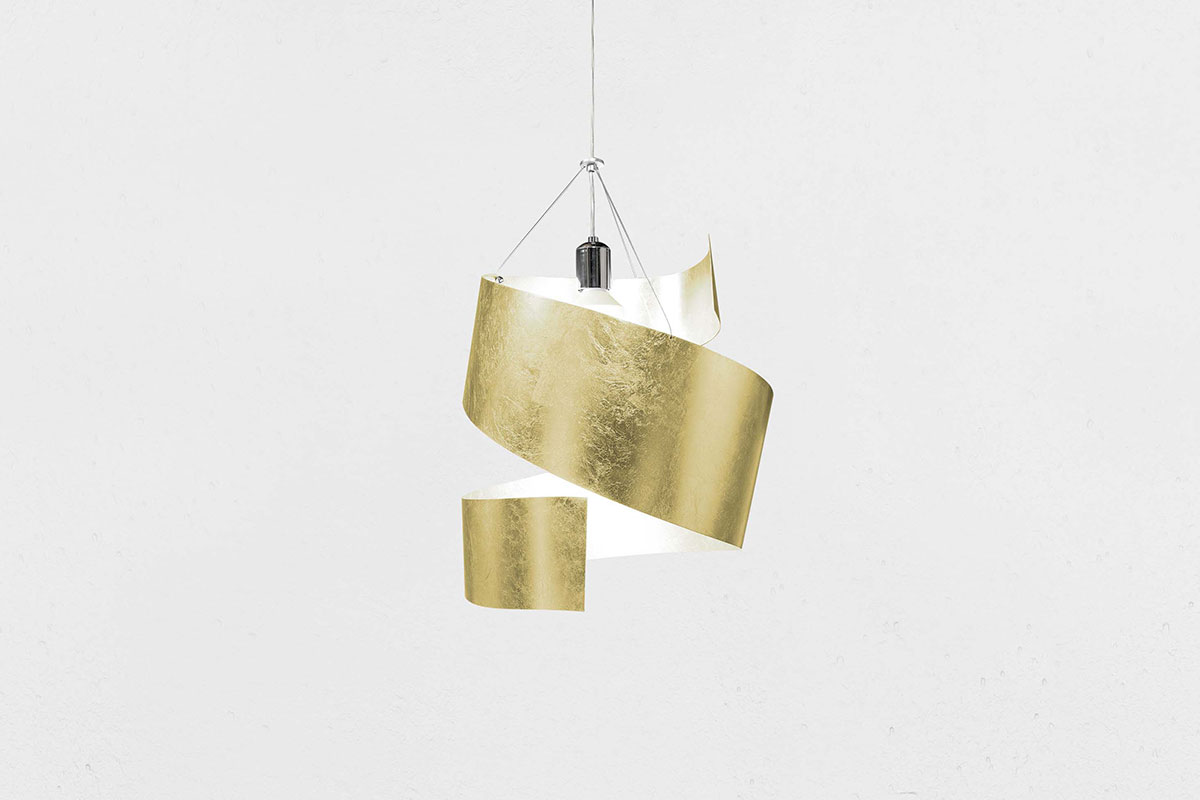
2 key principles to best define your lighting design project
Being the most lived-in area of the house, the living room must necessarily have:
- Generic ambient lighting, adequate in both quantity and quality, as it is essential for the physical and psychological health of every human being
- Localized lighting, i.e. direct light to illuminate objects and points to which you want to emphasize, indirectly adjustable to recreate the various atmospheres for different moments of the day and of conviviality and diffused, which frames and accompanies the furniture
- Specific decorative lighting to illuminate specific points or to decorate the room, replacing furnishings and wall objects
We can therefore say with certainty that lighting in general has two types of purposes: functional, because it satisfies the various needs of use and aesthetics, as it is responsible for the atmosphere of the room and the emotional state it entails.
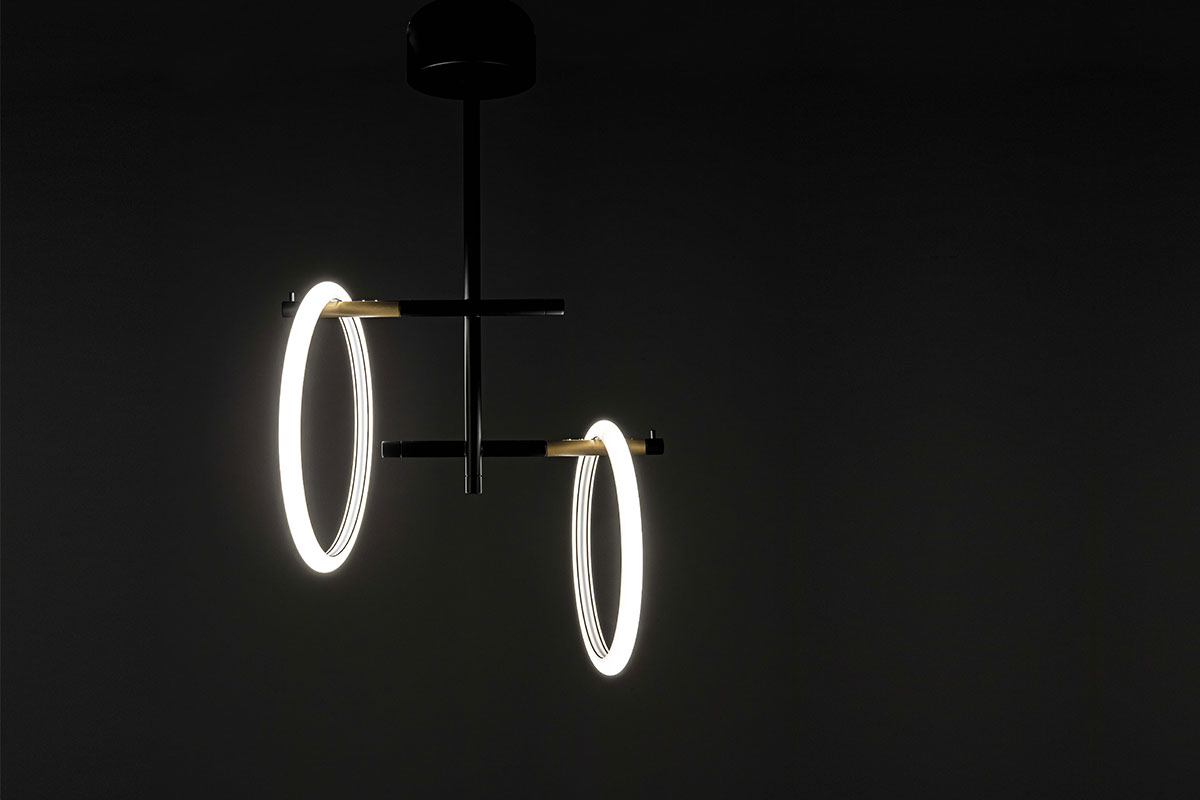
Ulaop – Sergio Marchetti Collection
In this article we have provided you with some ideas for creating a living room lighting project in line with the needs of your client.
Being able to create a lighting project aimed at obtaining the ideal lighting for the living room will denote perfect harmony with the design of the house and furnishings.
He will be able to properly express the style that the customer desires and offer the atmosphere that best suits his emotions for every moment of the day.

